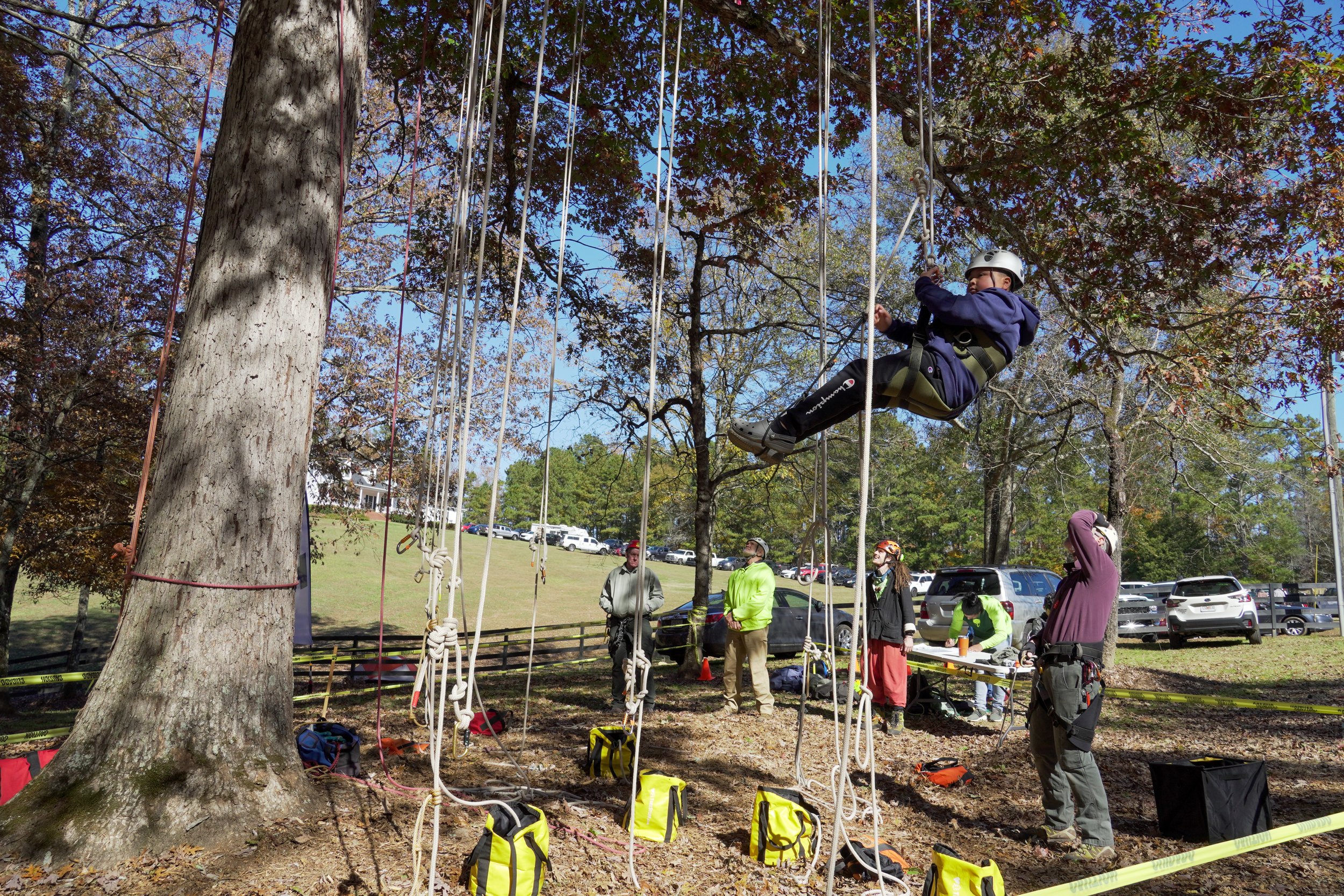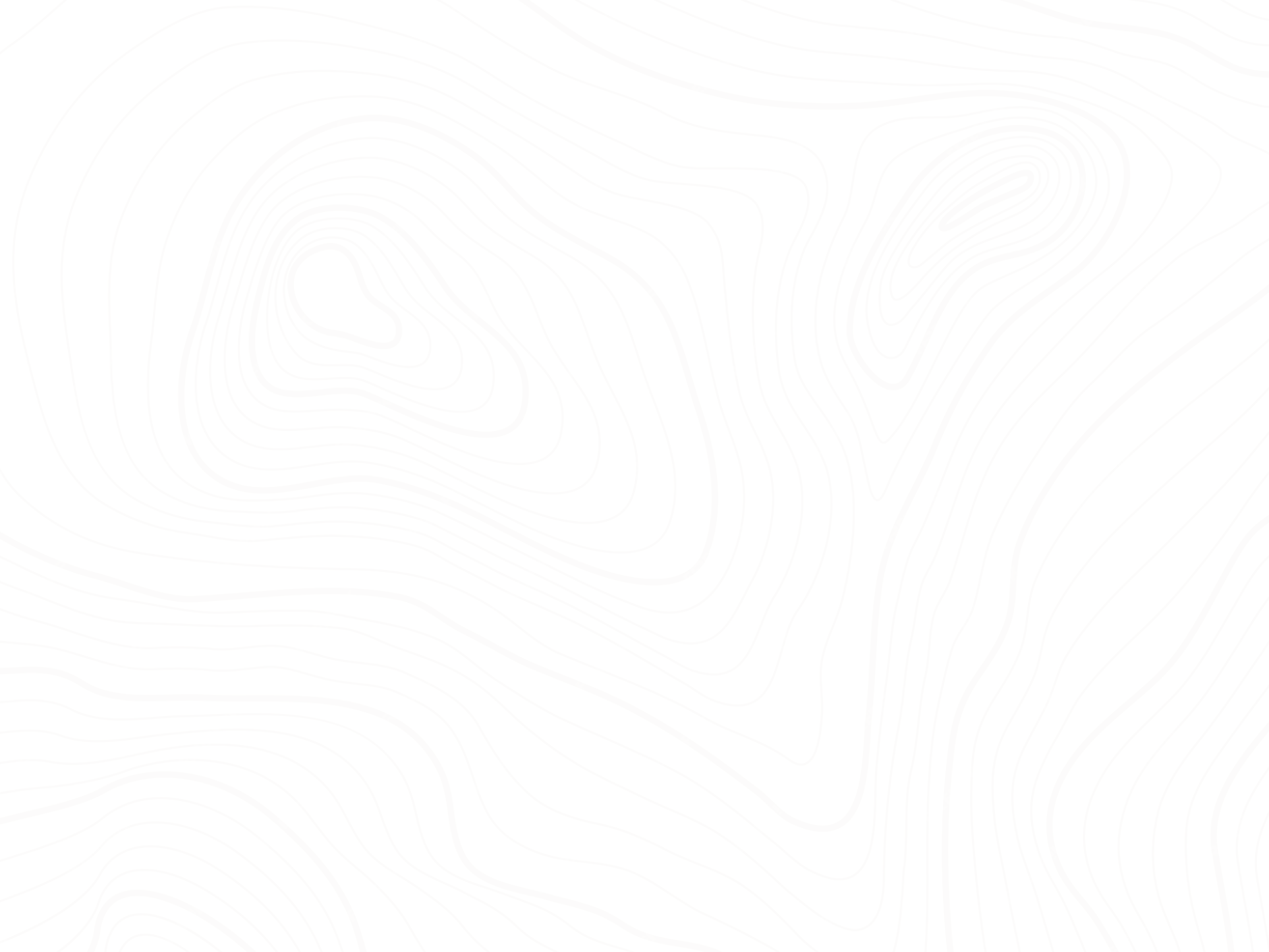
The Georgia Arborist Association is dedicated to actively engaging and educating communities throughout Georgia on the significance of hiring certified arborists and fostering a vibrant urban canopy. Learn more about our outreach initiatives here.

Public Community
Through partnerships with schools, science centers, churches, civic organizations, professionals, and aspiring young individuals exploring career paths, we cultivate a network of awareness regarding tree health and opportunities for professional growth within the arboriculture industry.
Our community outreach initiatives are growing.
In 2023, we participated in the following events:
Atlanta Science Festival
Trees Atlanta Career Discovery Day
Georgia Tree Council Annual Conference
9th Annual Saluting Branches Volunteer Day
In 2024, we brought on a full-time outreach coordinator to increase the opportunities to reach underserved communities in Georgia.
We attended:
Warnell School of Forestry Roundtable
Atlanta Science Festival
10th Annual Saluting Branches Volunteer Day
And Many more Public Outreach Events
In 2025, we’re excited to strengthen our connection with the public and engage more actively in the community. We would be thrilled to provide a speaker for your event!
Through our network of professional arborists, we can offer knowledgeable speakers for conferences, career fairs, festivals, and other events. Whether you need an expert to discuss tree care, career opportunities in arboriculture, or emerging industry trends, we’re happy to help.
If you’re interested in having a speaker at your event, please give us a call—we’d love to collaborate!

For Homeowners
Search our membership database for an arborist or professional.
Or give us a call at (404) 913-1422.
We are happy to answer any questions that you may have.

When a storm brings down trees and branches, the Georgia Arborist Association reminds you to stay safe.
Storm & Wind Damaged Trees
If you experience a downed tree due to inclement weather in the coming days, here are a few ways to report it:
If the tree has fallen into the right-of-way (roadway), but it is not blocking the road (cars can still get past), please report the issue to the local jurisdiction.
If a tree has fallen into the roadway and is blocking the roadway, call the local jurisdiction’s non-emergency line.
If a tree has fallen and has created a hazardous situation that threatens personal or public safety (ex. It has taken down power lines or has fallen and injured or trapped someone), call 911. Remember to please use 911 only in emergency situations. Using 911 for anything other than true emergencies can potentially hamper our emergency response for someone else.
To learn more, Click Here.
Hurricane
Fallen trees can be extremely hazardous and can create liabilities for homeowners. Don’t attempt “do it yourself” storm clean-up.
Downed trees and overlaying branches are likely to be under tension and may snap violently and cause personal injuries when moved.
Leaning trees or large branches on roofs can cause significant structural damage. Moving them should not be attempted by homeowners. Such removals should be carried out only by experienced professionals.
To learn more, Click Here.
Storm damage work is very dangerous. Beware of drive-by tree services! Make sure the company you hire to clear the heavy debris is insured and has a proven record of safe work practices.
It is tempting to clean up yard debris and branches after a bad storm. You should collect only the smallest limbs. Leave bigger branches to the professionals. Bigger branches on the ground can be under tension and, when moved, snap up into your body or face, causing severe injury.
Be patient and stay safe. Find a quality tree service on our membership directory.
Drought
Water is the critical element for tree survival, and the availability of water will impact tree growth. Approximately 80% of the variation in tree growth is due to the irregularity of water supply.
Various symptoms and damage occur as trees respond to decreasing water availability
Deciduous trees: curling, mottling, scorching, shedding, early autumn color changes of leaves.
Conifers: yellowing, browning of needle tips.
To learn more, Click Here.
Lightning
Due to their height, trees are a prime target for lightning. If you see lightning and hear thunder within 30 seconds of it, take shelter in a vehicle or building; or a low spot away from tall trees, wire fences or other objects that conduct electricity. Stay a distance away that is twice the tree height.
When electricity is conducted along the outside of a tree, blown off bark and scarring will be apparent.
When a lightning charge penetrates the tree’s trunk, the compression and rebound of the trunk tissue from the lightning bolt splitting the air causes the tree to explode, leading to a serious condition called “trunk shatter.”
The most commonly struck trees are oaks, elms, poplars and pines – typically found in residential yards.
To learn more, Click Here.
Flooding
Saturated ground and rising waters have loosened soil around tree root systems, which may allow roots to lose their grip and trees to lean or fall.
Warning signs of flood damage in trees include curling and wilting of leaves; followed by “chlorosis,” or pale-colored leaves, which is generally followed by leaf browning and ultimately, leaf loss.
Saturated ground and rising waters have loosened soil around tree root systems, which may allow roots to lose their grip and trees to lean or fall.
To learn more, Click Here.
Ice Storm
Ice storms are caused by rain that flash-freezes as it passes through a layer of below-freezing air.
The weight of the ice, or when combined with any wind or outside forces, can break trees branches, which can fall on overhead power lines or structures and create a dangerous situation.
Trees with fine branches, less flexible branches, and greater leaf surface, such as pine trees, are more likely to suffer ice damage
To learn more, Click Here.

When a storm brings down trees and branches, the Georgia Arborist Association reminds you to stay safe.
Storm damage work is very dangerous. Beware of drive-by tree services! Make sure the company you hire to clear the heavy debris is insured and has a proven record of safe work practices.
It is tempting to clean up yard debris and branches after a bad storm. You should collect only the smallest limbs. Leave bigger branches to the professionals. Bigger branches on the ground can be under tension and, when moved, snap up into your body or face, causing severe injury.
Be patient and stay safe. Find a quality tree service on our membership directory.
